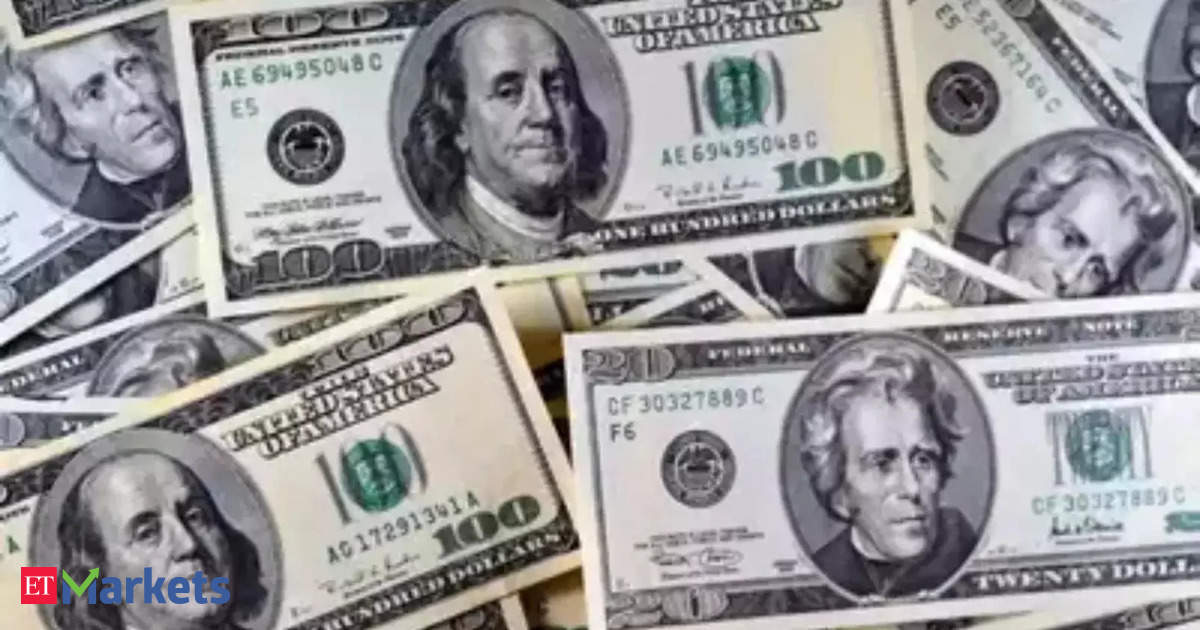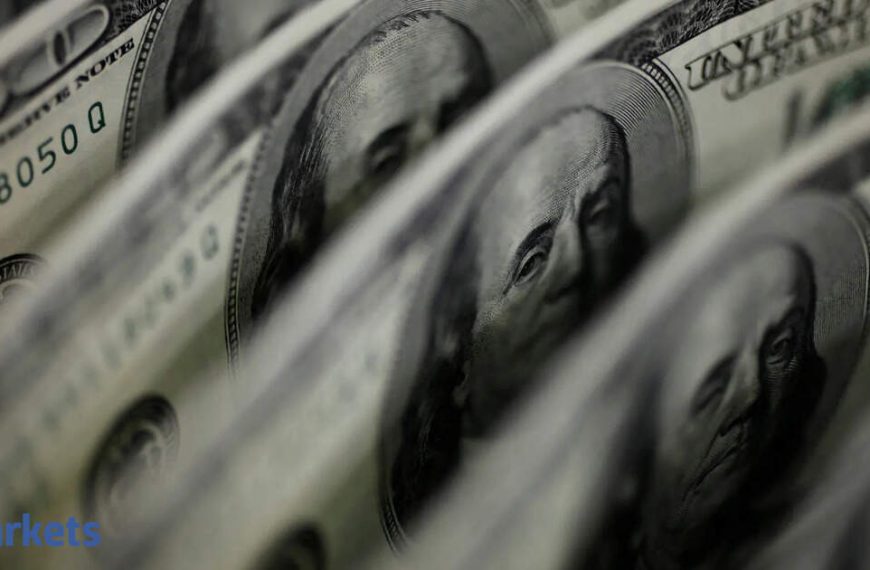On Thursday, the U.S. dollar experienced a modest recovery, buoyed by an increase in U.S. Treasury yields. However, currency exchanges remained relatively stable as investors grappled with the implications of a deepening global trade conflict on U.S. inflation and economic growth. President Donald Trump made headlines on Wednesday by threatening additional tariffs on goods imported from the European Union, prompting concerns of retaliation from key U.S. trading partners.
Global Trade Tensions Impacting Markets
The escalating trade tensions and fears of a potential U.S. recession have led to significant market unease, causing pronounced volatility in the currency markets. Traders are caught in a cycle of oscillating emotions, fluctuating between moments of relief and anxiety stemming from Trump’s unpredictable policy shifts.
- Early trading in Asia on Thursday saw a slight easing, as investors welcomed a pause from the barrage of news surrounding U.S. trade policies.
- The dollar gained 0.05% against the yen, reaching 148.31, partially recovering from a five-month low earlier in the week. This downturn was largely attributed to a flight to the Japanese yen, which is considered a safe haven during economic downturns.
Economists Weigh In on U.S. Economic Outlook
In recent data, the U.S. inflation rate showed a minor increase that was slightly below expectations, raising concerns about future inflation trends and overall economic activity. James Reilly, a senior markets economist at Capital Economics, highlighted the uncertainty surrounding the economic landscape, attributing it mainly to the erratic nature of U.S. trade policies. He remarked, “The report provided little new insight into the potential direction of inflation and economic performance.”
Despite this, U.S. Treasury yields continued to climb as traders anticipated a possible rise in inflation. The benchmark 10-year yield reached a one-week high of 4.3047%, while the two-year yield remained stable at 3.9866%. This upward momentum helped support the dollar, which pushed the euro down from a five-month peak, trading at $1.0890.
Central Banks and Global Economic Concerns
The Canadian dollar showed minimal movement at C$1.4372, following the Bank of Canada’s decision to cut its key policy rate by 25 basis points. This move raised alarms about inflationary pressures and slowing growth, exacerbated by the ongoing trade uncertainties linked to Trump’s tariffs. Carol Kong, a currency strategist at the Commonwealth Bank of Australia, emphasized the potential global inflationary impact of tariffs, stating, “Central bankers are becoming increasingly cautious as they navigate the risks ahead.”
- The Australian dollar saw a slight uptick of 0.07% to $0.6326, while the New Zealand dollar rose 0.13% to $0.5738.
As global markets continue to react to the evolving trade landscape, the interplay between currency values, inflation expectations, and economic growth remains critical for investors and policymakers alike.











